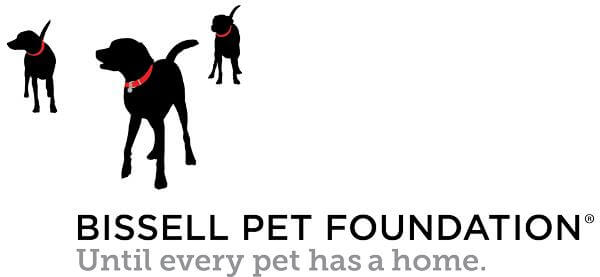Anaphylaxis in dogs strikes like a sudden storm, overwhelming the immune system with a fierce reaction. When a dog encounters a substance it has been sensitized to before, the immune system releases a flood of histamines and chemicals. This causes rapid swelling, itching, and hives, but the danger runs much deeper. The liver often bears the brunt, leading to severe vomiting, diarrhea, and lethargy. Without swift intervention, this cascade can spiral into collapse, seizures, and even death. If you find your dog struggling to breathe, with a swollen face, or collapsing—these are urgent cries for help.
Anaphylaxis Triggers in Everyday Life
Triggers for anaphylaxis hide in places you might never suspect. Insect stings from bees, wasps, hornets, and fire ants rank among the most common culprits. Medications, including antibiotics and vaccines, also pose risks. Even some food proteins, although rare, can provoke this extreme reaction. Environmental chemicals and household products add to the list of potential threats. Remember, a dog must have encountered the allergen before for anaphylaxis to occur, making the second exposure the most dangerous.
Spotting the Warning Signs Before It’s Too Late
Recognizing anaphylaxis early saves lives. Watch for sudden facial swelling, intense itching, hives, vomiting, diarrhea, and weakness. Breathing difficulties or collapse signal an emergency. A racing heart, excessive drooling, or seizures are red flags demanding immediate action. These symptoms can escalate within minutes, so hesitation risks tragedy.
Emergency Treatment Saves Lives
Anaphylaxis demands immediate veterinary care. Veterinarians can make appropriate pharmacological interventions to reverse swelling and shock. The goal is to reduce inflammation. Intravenous fluids can be given to stabilize blood pressure. Severe cases might require oxygen therapy, breathing tubes, or sedation to maintain airway function. Treatment starts before tests, as every moment counts.
Prevention and Vigilance
Prevention hinges on knowing and avoiding known allergens. If your dog has a history of reactions, alert your veterinarian and carry emergency medications if prescribed. Keep dogs away from insect nests and be cautious with new medications or vaccines. After a reaction, monitor closely for any recurring symptoms and follow all veterinary advice on diet and environment changes. Awareness transforms fear into preparedness.
Anaphylaxis in dogs is a terrifying emergency that unfolds in minutes. Understanding its signs, causes, and treatments empowers you to act decisively. Your vigilance could mean the difference between life and death.
Post Views: 93
Animal Wellness is North America’s top natural health and lifestyle magazine for dogs and cats, with a readership of over one million every year. AW features articles by some of the most renowned experts in the pet industry, with topics ranging from diet and health related issues, to articles on training, fitness and emotional well being.
Source: Animal Wellness Magazine












